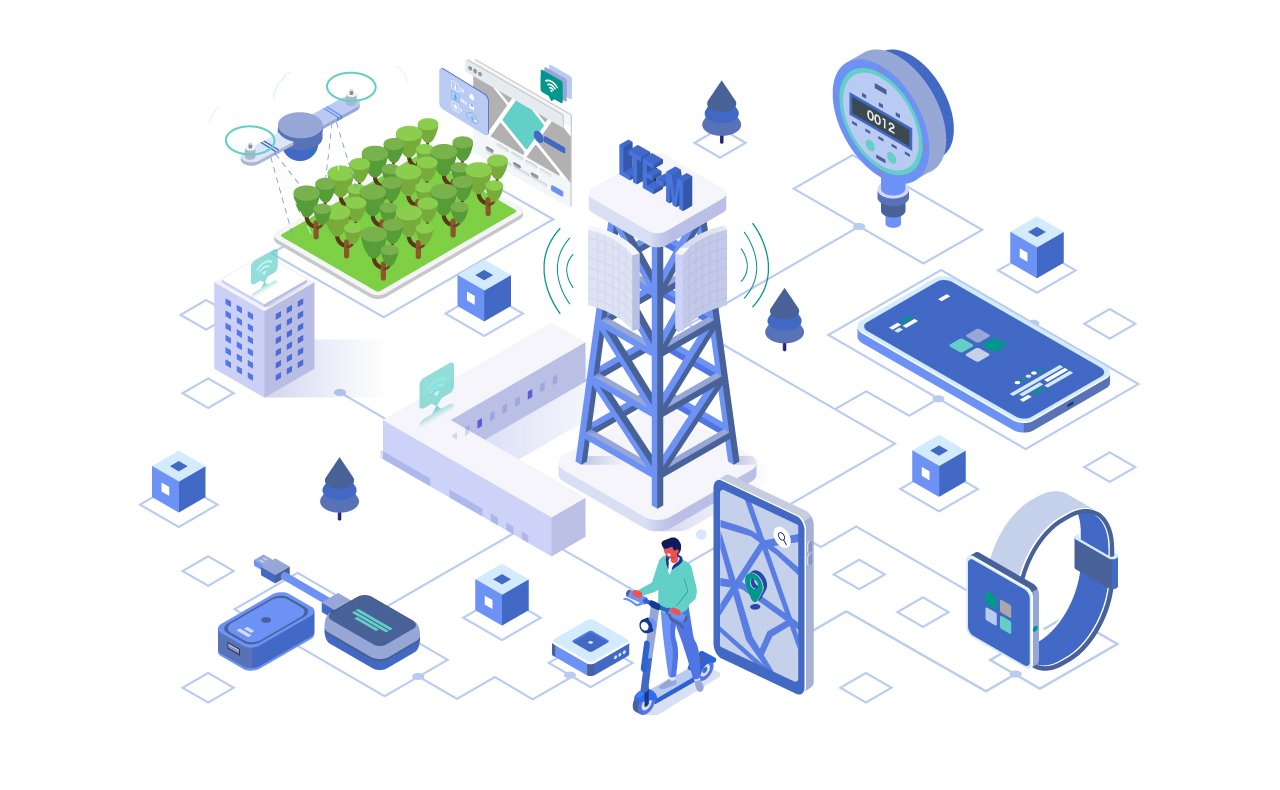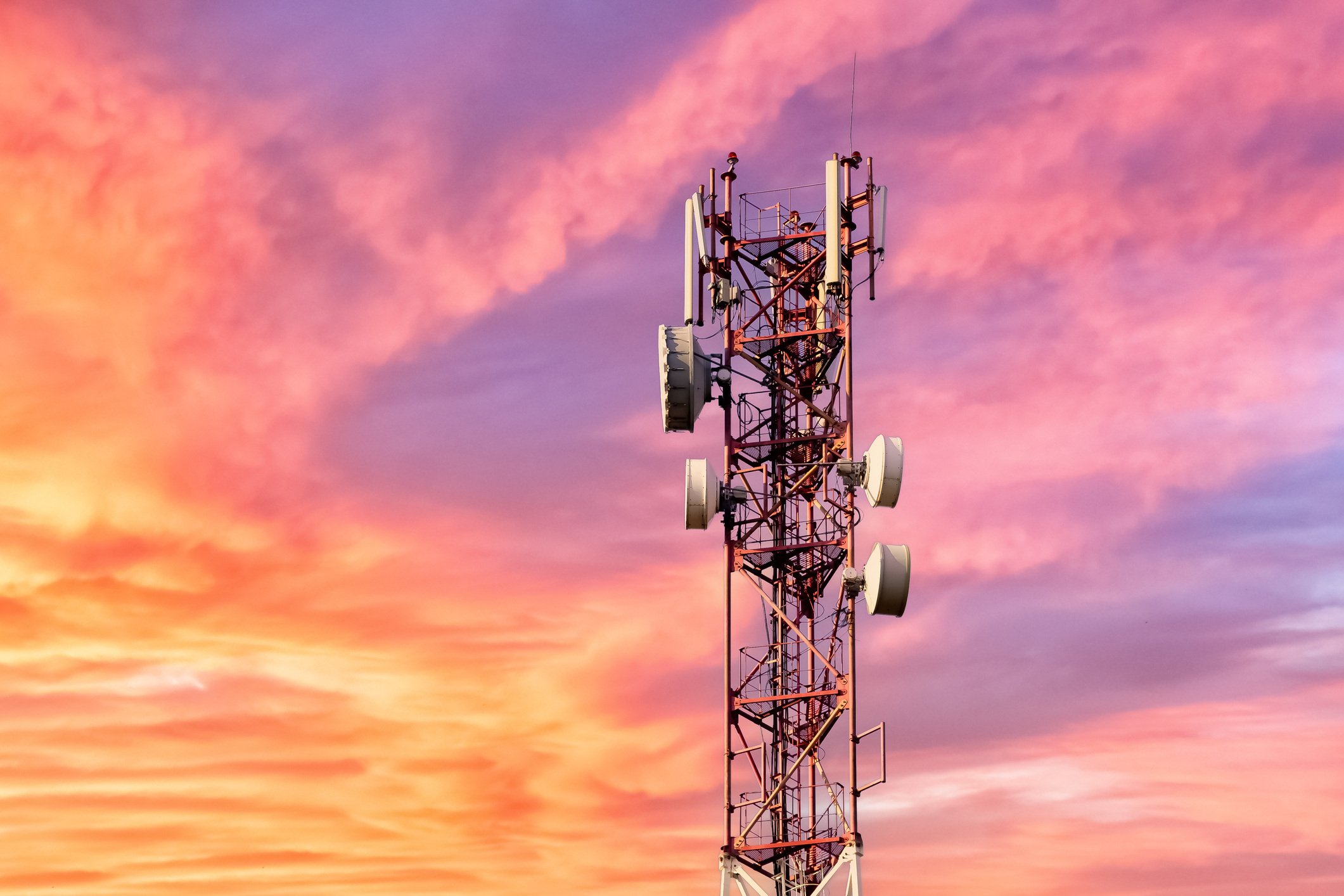
- April 2025 (1)
- March 2025 (2)
- February 2025 (1)
- December 2024 (2)
- November 2024 (2)
- August 2024 (2)
- June 2024 (3)
- May 2024 (3)
- April 2024 (1)
- March 2024 (3)
- February 2024 (2)
- January 2024 (2)
- December 2023 (1)
- November 2023 (2)
- October 2023 (2)
- September 2023 (1)
- August 2023 (1)
- July 2023 (2)
- June 2023 (3)
- May 2023 (2)
- April 2023 (1)
- March 2023 (4)
- February 2023 (1)
- January 2023 (2)
- November 2022 (2)
- October 2022 (1)
- September 2022 (1)
- August 2022 (2)
- July 2022 (2)
- June 2022 (2)
- May 2022 (1)
- April 2022 (3)
- March 2022 (1)
- February 2022 (3)
- January 2022 (2)
- December 2021 (1)
- November 2021 (1)
- October 2021 (2)
- September 2021 (3)
- August 2021 (1)
- July 2021 (4)
- June 2021 (1)
- May 2021 (2)
- April 2021 (2)
- March 2021 (2)
- February 2021 (3)
- January 2021 (3)
- December 2020 (1)
- October 2020 (1)
- August 2020 (1)
- August 2019 (1)
- January 2019 (2)
- September 2018 (5)
- June 2018 (1)
- November 2017 (1)
- September 2017 (1)
- July 2017 (1)
- May 2017 (1)
- January 2017 (1)
- October 2016 (2)
- August 2016 (1)
- July 2016 (1)
- June 2016 (1)
Subscribe by email
Many massive IoT deployments require little bandwidth per device and leverage battery-operated devices, so power conservation is often important. 4G and LTE networks provide high-speed and high-bandwidth cellular connectivity but consume too much power for certain IoT applications. As a result, LTE has been bifurcated into several subcategories like LTE Cat-M1, specifically created to enable versatile, low-power IoT devices that infrequently transmit small amounts of data. Unlike its 2G and 3G predecessors, LTE CAT-M1 can support faster connectivity while still leveraging existing LTE cellular infrastructure and enabling quicker deployments. According to an ABI Research report, LTE CAT-M1 and NB-IoT, another low-power IoT technology, are predicted to consume 60% of LPWA connections by 2026. LTE Cat-M1 is no doubt part of IoT’s future and may be a great solution for your business. We’ll explain everything you need to know about this technology and how you can determine if it’s the right choice for your IoT application.
What is LTE Cat-M1?
LTE Cat-M1 is a Low-Power, Wide-Area Network (LP-WAN) designed specifically for purpose-built devices, like trackers or water meters, that transmit small to medium amounts of data over wide ranges. LTE Cat-M1 is a category of 4G long-term evolution (LTE) technology for machines (M). LTE-M is an abbreviated name for LTE Cat-M1.
LTE categories indicate the performance capabilities of devices connected to the network. Cat-M1 supports download speeds of up to 1Mbps and operates on a low-frequency, narrow band of spectrum (1.4 MHz). These characteristics extend the range of connectivity and provide good penetration for a massive number of battery-operated devices with low data complexity.
Original LTE devices also had to support legacy network technologies like 2G and 3G, in addition to voice. Larger chipsets with larger workload requirements generally meant more power consumption. LTE Cat-M1 was created to replace 3G. Cat-M1 and other low-power devices strip out that legacy technology allowing devices to be smaller and consume less power.
LTE Cat- M1 is also an alternative to LoRa technologies that transmit data over unlicensed spectrum. Mobile Network Operators (MNOs) own LTE-M frequency bands, which gives this type of network an advantage over technologies using unlicensed spectrum because the infrastructure already exists there and it generally provides greater control and security. LTE-M even leverages the existing LTE infrastructure (hardware, architecture, and chipsets), so deployments are relatively fast and straightforward. It also has roaming capabilities for devices that move locations and leave the local network. And although LTE Cat-M1 provides lower bandwidth than standard LTE networks, it still offers enough bandwidth to support the transmission of video and photos.
LTE Cat-M1 vs. NB-IoT
LTE Cat-M1 and NB-IoT are complementary LPWAN networks but use different technologies. Together, they’re expected to account for 52% of all cellular IoT connections by end of 2025. Both forms of connectivity operate on licensed spectrum and have low-power consumption and low-bandwidth needs. However, LTE-M and NB-IoT also have distinct differences in their deployment and capabilities. LTE-M operates on the existing LTE infrastructure, but NB-IoT requires the more complex deployment of a new core network. NB-IoT was designed to replace 2G and is more limited in bandwidth than LTE-M since it operates on a single 200kHz band of spectrum. LTE-M, designed to replace 3G, is faster and has lower latency.
Both forms of connectivity are beneficial for different use cases. NB-IoT is a great solution for fixed devices that require indoor coverage, like warehouse operations or mining, while LTE-M is better for devices that track and monitor moving operations, like shipment tracking or fleet monitoring. LTE-M extends the LPWAN use cases for cellular IoT to applications that require more bandwidth for security updates or transferring software, photos, or voice.
Learn more: 2G and 3G Sunset: Making the Transition to 4G and Beyond
LTE Cat-M1 vs. LTE Cat-1
In addition to LTE Cat-M1, LTE Cat-1 is a slightly faster, low-power option that falls under the broader LP-WAN category. LTE Cat-1 offers higher bandwidth than LTE Cat-M1 and NB-IoT, but can consume slightly more power than Cat-M1.
When choosing between the three network options–LTE-M, NB-IoT, and LTE Cat-1–you should consider the bandwidth, power, and network range requirements for your application. LTE-M and NB-IoT have not expanded globally, but LTE Cat-1 is available worldwide. Cat-1 is better suited for devices that must maintain constant connectivity and don’t need the more aggressive power-saving benefits of LTE-M or NB-IoT. Cat-1 applications include some ATMs, digital signage, or surveillance cameras.
Advantages and challenges of LTE-M
Advantages of LTE Cat-M1
1. Simple deployment
Because LTE Cat-M1 is compatible with the existing network it’s easy to deploy in comparison to NB-IoT. With IoT SIMs in devices for access to the network, you simply turn the devices on to connect. There’s no need for additional infrastructure. But keep in mind that not all carriers around the world have rolled out the required software changes to support Cat-M1 deployments yet.
Learn how to plan an IoT deployment successfully.
2. Extensive, high-quality coverage
Because LTE-M networks are licensed by MNOs, they control the number of devices on the network and preserve the quality of the connectivity. LTE-M devices also use low-frequency spectrum bands that give them better coverage over a wider area.
3. Large-scale connectivity
LTE-M devices operating on low-frequency spectrum also allow more devices to connect to the network. You can have more devices operating on one cell than is possible with traditional 4G/LTE. This makes LTE-M a great choice for massive IoT.
4. Power savings
LTE-M provides power-saving modes for devices that preserve the longevity of their battery life. You can enable Power Saving Mode (PSM) and put your device to sleep when it’s not actively transferring data. The eDRX mode puts your device to sleep for extended periods and wakes it up at set intervals. The extent of device power savings depends on how an IoT ecosystem is configured. In many cases, batteries can retain power for many months or longer with LTE-M.
Learn the essential components of an IoT ecosystem.
5. Security
LTE-M provides a direct and secure connection to the cloud over licensed spectrum controlled by carriers, and each device's unique SIM provides a unique ID for secure network access.
Learn more about the challenges of IoT security or the fundamentals of SIM cards.
Challenges of LTE Cat-M1
1. Limited power savings with some carriers
To take full advantage of the power-saving modes like PSM and eDRX on your devices, these modes must be supported by the cellular carrier. Zipit Wireless has relationships with MNOs worldwide and can help you choose the best carriers for your IoT solution and unique business requirements.
2. Limited coverage worldwide
LTE-M has good coverage in the USA, especially since both AT&T and Verizon released Cat M-1 technology nationwide in 2017. However, LTE-M connectivity is limited outside the US since it has yet to be deployed globally. To ensure global coverage for your LTE-M devices, they need a SIM card and modem with 3G fallback. Without 3G fallback, your connectivity in other countries will be limited. Zipit Wireless can provide both SIMs and data plans to ensure your devices stay connected worldwide. Keep in mind that not all cellular providers or resellers have those Cat-M1 agreements in place.
Learn more about the fundamentals of global IoT connectivity.
3. Lower bandwidth and slower speeds than 4G LTE
LTE-M is not as fast as a standard 4G network, which is exactly why it is suitable for certain IoT solutions. For these applications, power and reach are more important than speed and bandwidth.
4. Multi-carrier and multi-platform management
Any IoT devices that move in and out of a geographic region may require multiple carriers for roaming. Additionally, the many devices within a massive IoT environment need a single Connectivity Management Platform (CMP). Zipit takes the responsibility of managing multiple carriers off of your shoulders and provides a single management system for your IoT devices. Learn more about Zipit’s IoT connectivity or connect with us to find the best solution for your IoT needs.
Many of the challenges presented by LTE-M are addressed by LTE Cat 1 bis, an IoT-optimized iteration of LTE Cat 1. LTE Cat 1 bis operates on existing 4G networks, providing devices with reliable global coverage. LTE Cat 1 bis is also provides higher bandwidth and quicker speeds than LTE-M, making it suited for applications for applications that require faster data transmissions.
Examples of LTE-M for IoT
LTE-M supports a wide range of IoT applications across many industries, including
-
Smart water or gas meters,
-
Agricultural monitoring,
In 2019, Samsung partnered with Zipit Wireless to deploy its SmartThingsTracker, an LTE-M tracking device used to locate lost keys, luggage, and even family members over a wider range than Wi-Fi or Bluetooth can provide. Zipit supplied Samsung with the connectivity and the device management and billing platform to bring their IoT product to life, and we’d love to do the same for you. We can provide any form of cellular connectivity that fits your IoT devices, as well as a customized platform to manage your connections and billing. Reach out, and we’ll connect you with the best solution for your IoT product, service, or business.
Learn more about the use cases and advantages of LTE-M or subscription billing.
Is LTE Cat-M1 right for your IoT device?
LTE Cat-M1 isn’t going anywhere anytime soon. According to a Gartner Research study, LPWAN (LTE-M and NB-IoT) will grow to reach 1.2 billion by 2025. LTE-M may be a great opportunity for your business if the following criteria are true.
-
Your devices are battery-operated, and you need a solution with low power consumption.
-
Your devices transmit small amounts of data on an infrequent basis, but they need enough bandwidth for voice and/or photo transfer.
-
You need reliable coverage indoors and/or outdoors over a wide range.
-
Your devices need roaming capability.
-
You need quick and simple deployment of a large number of devices.
One of an LTE-M’s best features is its simplistic connectivity using the existing cellular infrastructure. Zipit Wireless can simplify the connectivity even further and increase the speed to market for your IoT devices with trusted partners like Pegasus Wireless, which can provide pre-certified socket modems with Zipit IoT SIM cards. The pre-certified modem already meets carrier requirements, so you can accelerate the go-to-market process and integrate it immediately. Contact Zipit Wireless to learn how we can simplify your cellular IoT connectivity.
Related Content
The latest IoT insights and platform updates from Zipit.
IoT devices need flexible network technologies optimized for low-power application...
Every cellular-based IoT device relies on a public or private Access Point Name (A...
The network an IoT device selects significantly impacts the strength and reliabili...



